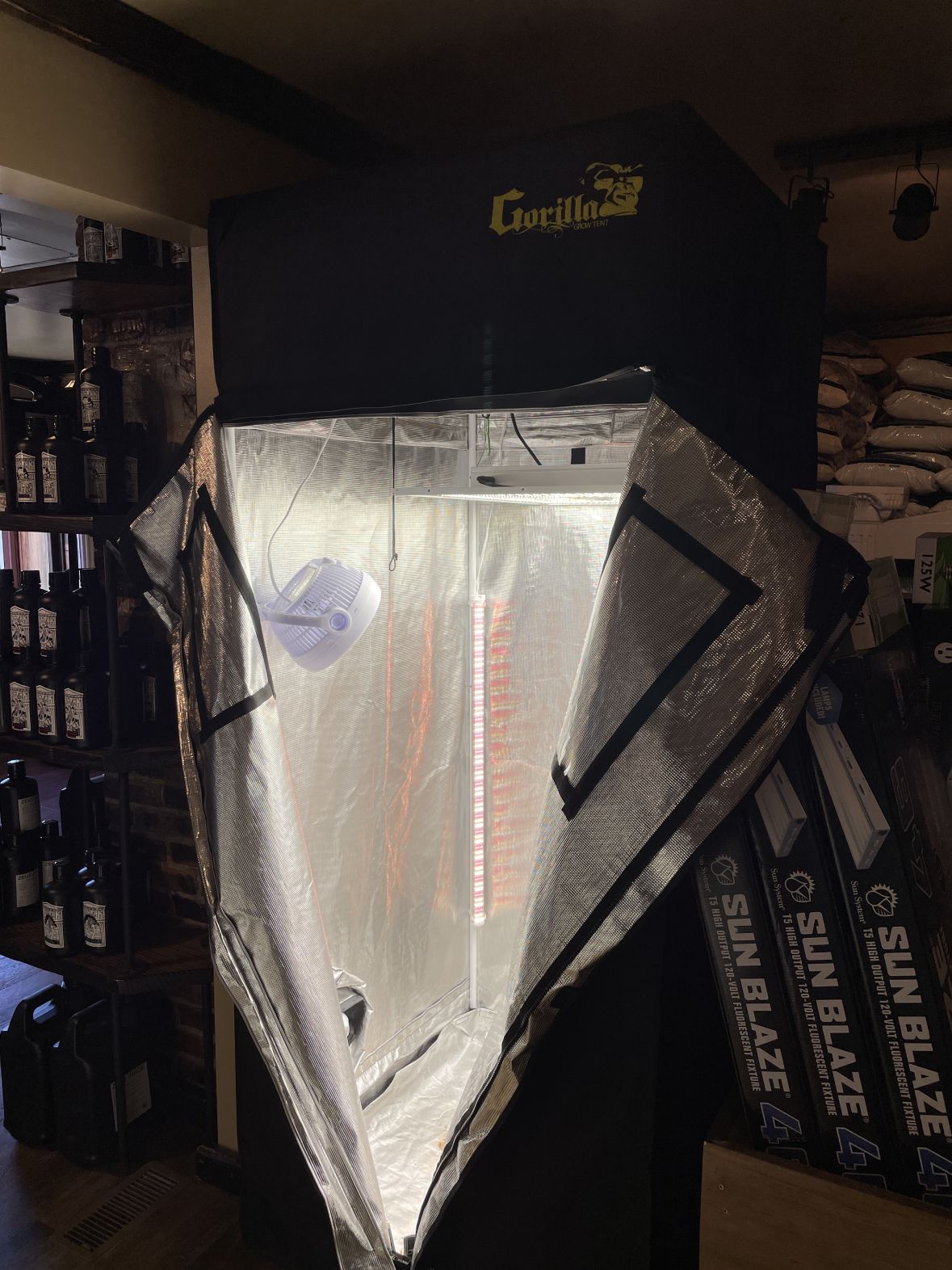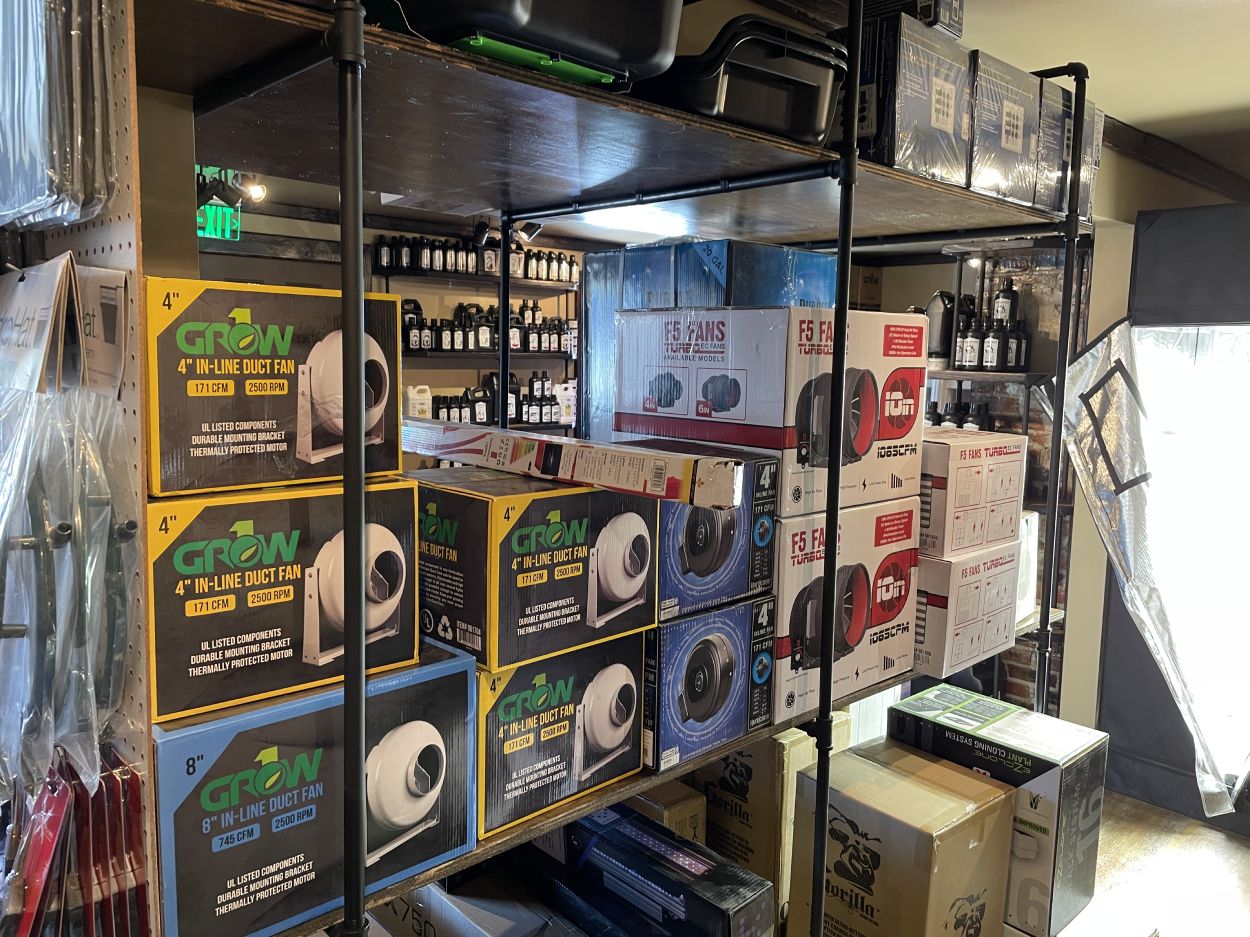The Indoor Earthworm: The Secret to Rich and Fertile Indoor Plants
The Indoor Earthworm: The Secret to Rich and Fertile Indoor Plants
Blog Article
The Ultimate Guide to Hydroponic Equipments and Techniques
In the globe of contemporary agriculture, hydroponic systems have actually arised as a groundbreaking method for growing plants without soil. As we reveal the ins and outs of hydroponics in this detailed overview, we will navigate through the different types of systems, check out the important nutrients important for plant growth, and dig right into innovative techniques that can dramatically improve yields.
Advantages of Hydroponic Solutions
Hydroponic systems use a multitude of benefits, consisting of reliable source utilization and exact nutrient shipment to plants. By offering a regulated atmosphere for plant growth, hydroponic systems allow optimal water and nutrient usage, resulting in higher returns contrasted to traditional soil-based growing. This performance not only preserves sources but likewise lowers waste, making hydroponic systems eco friendly.
Furthermore, the specific delivery of nutrients in hydroponic systems enables for modification based upon the details needs of each plant selection. This targeted approach makes sure that plants obtain the best equilibrium of necessary nutrients, promoting much healthier development and minimizing the danger of nutrient deficiencies or imbalances. In addition, the capacity to check and change nutrient levels in real-time maximizes plant productivity and general crop top quality.
Additionally, hydroponic systems eliminate the need for chemicals and herbicides, as the closed-loop system reduces the risk of bugs and illness that are commonly discovered in soil-based farming - The Indoor Earthworm. This not only benefits the plants and the setting but likewise adds to producing cleaner, healthier plants for usage
Sorts Of Hydroponic Setups

Nutrient Film Technique (NFT) makes use of a shallow stream of nutrient service streaming over the plant origins, giving a constant supply of nutrients. Trickle systems entail leaking a nutrient solution onto the plant origins, providing exact control over feeding.
Each kind of hydroponic setup has its benefits and is suited to different plant selections and development phases. Comprehending the unique features of these systems can assist hydroponic cultivators select one of the most ideal configuration for their specific demands and choices.
Vital Nutrients for Hydroponics
In hydroponic systems, plants count on an accurate equilibrium of necessary nutrients to flourish and expand efficiently. These crucial nutrients are vital for different plant functions such as photosynthesis, origin development, and overall development. The main macronutrients needed by plants in hydroponic view website systems are phosphorus, nitrogen, and potassium. Nitrogen is vital for leafed eco-friendly development, phosphorus help in root advancement and flower/fruit manufacturing, while potassium assists in total plant health and wellness and condition resistance.
In addition to macronutrients, plants likewise need secondary nutrients like calcium, sulfur, and magnesium, in addition to micronutrients such as iron, copper, zinc, and manganese (The Indoor Earthworm). These nutrients are vital for guaranteeing that plants have all the necessary structure blocks to execute vital biological procedures

Advanced Strategies for Optimum Return
To achieve ideal returns in hydroponic systems, farmers can execute sophisticated methods that enhance plant growth and performance. Furthermore, employing strategies like plant training and pruning can assist maximize light circulation and airflow, ensuring that all parts of the plant get appropriate light and nutrients. Using automated systems for nutrient delivery and surveillance can help preserve optimum nutrient degrees, reducing the danger of shortages or inequalities that can impede plant growth.
Troubleshooting Common Hydroponic Issues
When faced with challenges in hydroponic systems, farmers usually come across usual issues that can hinder plant growth and efficiency. One prevalent problem is nutrient deficiencies, where plants do not have essential aspects for healthy and balanced growth. To battle this, normal monitoring of nutrient degrees and changing the nutrient service accordingly is vital. Another typical problem is pH inequality, which can result in nutrition lockout and bad absorption. Maintaining the right pH variety particular to the plant being expanded is vital for optimum nutrient uptake. Additionally, insufficient oxygen levels in the origin area can lead to origin rot and stunted growth. Guaranteeing correct aeration and oxygenation of the nutrient service can help avoid this problem. Insect invasions, such as aphids or spider termites, can also plague hydroponic systems. Implementing integrated insect administration approaches and on a regular basis checking plants can help regulate and avoid invasions. By promptly identifying and resolving these common hydroponic concerns, growers can preserve healthy and balanced plants and take full advantage of yields in their hydroponic systems.
Conclusion
In final thought, hydroponic systems offer many advantages for expanding plants successfully. With careful planning and interest to information, hydroponic systems image source can revolutionize the way plants are grown, leading to even more lasting and productive agricultural techniques.
By supplying a regulated setting for plant growth, hydroponic systems make it possible for ideal water and nutrient use, leading to higher returns contrasted to standard soil-based growing. The Indoor Earthworm. Nutrient Film Method (NFT) uses a shallow stream of nutrient option flowing over the plant origins, supplying a constant supply of nutrients. Tracking and adjusting nutrient levels based on plant development phases is essential to protecting against nutrient deficiencies or poisonings and making the most of plant performance in hydroponic systems
Additionally, employing techniques like plant training and pruning can aid enhance light distribution and air movement, ensuring that all parts of the plant get adequate light and nutrients. Utilizing automated systems for nutrient delivery and tracking can aid maintain optimum nutrient levels, lowering the threat of shortages or discrepancies that can impede plant development.
Report this page